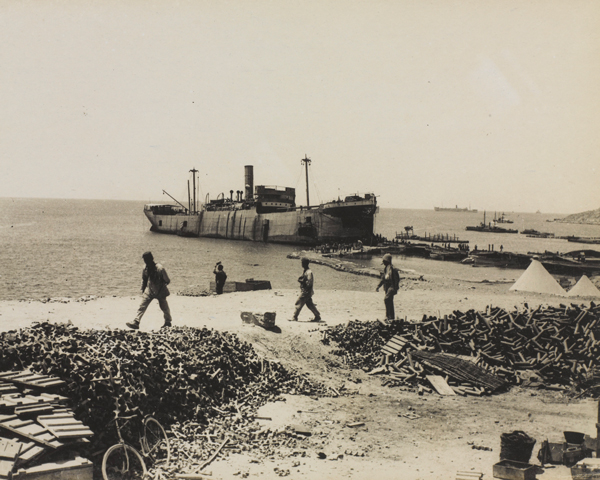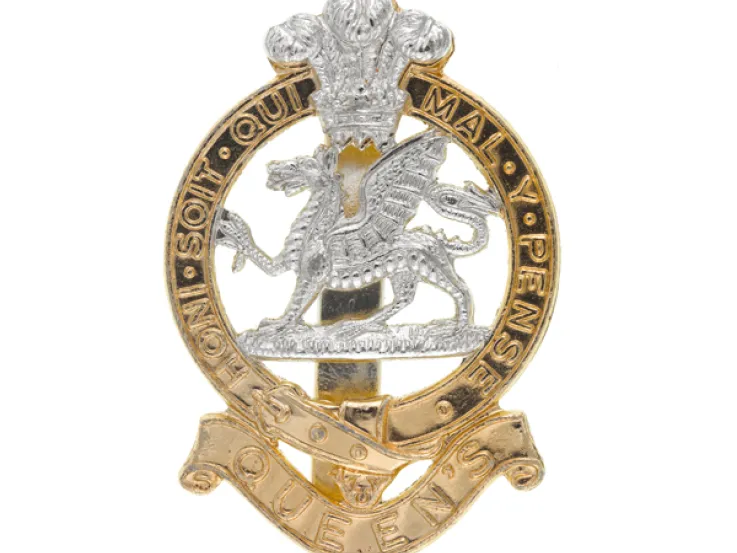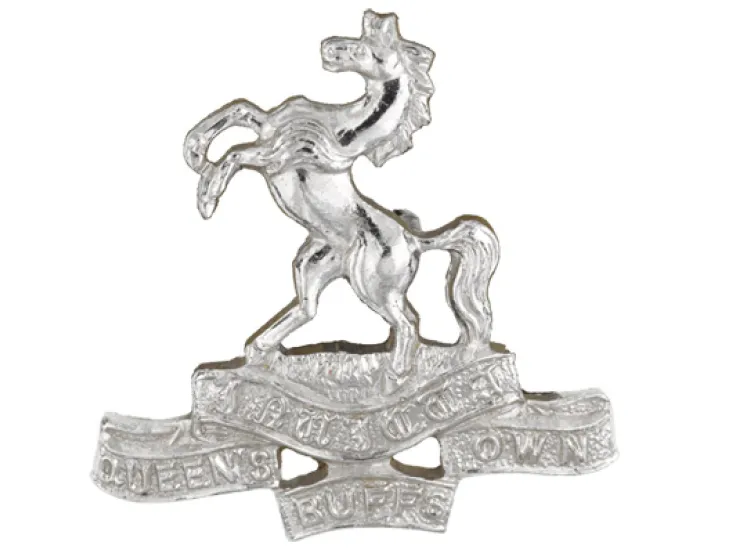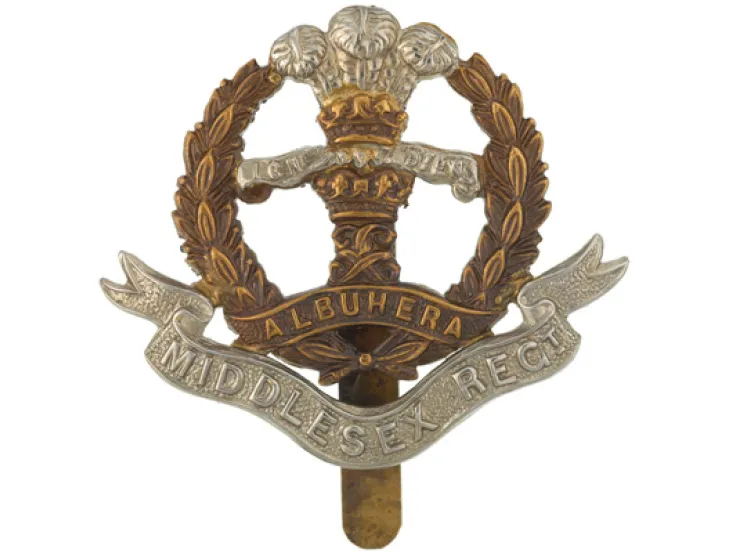Origins
This unit was created as The Hampshire Regiment in 1881 by merging the 37th (North Hampshire) Regiment of Foot and the 67th (South Hampshire) Regiment of Foot. These became the new unit's 1st and 2nd Battalions respectively.
1st Battalion was in Ireland at the time of the merger. From there, it moved to Malta, India and Burma during the 1880s. It remained in India and Aden until 1903.
2nd Battalion was in India when the regiment was created. It fought in the Third Burma War (1885-87), before returning to Britain in 1888. In 1900, it was deployed to the Boer War (1899-1902), fighting in several engagements including the Battle of Paardeberg (1900). Its next postings were to Bermuda, South Africa, Mauritius and India again.
First World War
During the First World War (1914-18), the regiment’s two regular battalions deployed to the Western Front - 1st Battalion in 1914 and 2nd Battalion in 1916. The latter also served in Egypt and at Gallipoli (1915), where it landed from the 'River Clyde' at Cape Helles. Both battalions remained in France for the rest of the war.
The regiment also raised 31 Reserve, Territorial and New Army battalions. These served at home, on the Western Front, in India, Mesopotamia, Salonika and Egypt.
Inter-war
After the war, 1st Battalion carried out occupation duties in Turkey and Egypt. It was then in India from 1925 to 1939.
2nd Battalion fought in northern Russia during the Allied intervention in the Russian Civil War (1917-22), and in Ireland during the Irish War of Independence (1919-21). It was then in England for most of the remaining inter-war years, aside from occupation duties in Germany in 1928 and Palestine from 1936 to 1938.
Second World War
During the Second World War (1939-45), 2nd Battalion deployed to North-West Europe, but had to be evacuated from Dunkirk in 1940. It then remained in the United Kingdom, before landing at Algiers in November 1942 during Operation Torch and fighting in the Tunisian campaign. It later served in Italy (1943), Egypt, Palestine, Syria (1944) and Greece (1945), ending up in Austria at the end of the war.
The Territorial 1/4th, 2/4th and 5th Battalions also fought in the Tunisian and Italian campaigns as the ‘Hampshire Brigade’ (128th Brigade). Landing at Salerno in 1943, the brigade fought in many actions in Italy, including Cassino (1944).
Meanwhile, 1st Battalion had moved to Egypt on the outbreak of war. It then deployed to Palestine (1940) and Malta (1941). After returning to Egypt, it fought in Sicily (1943) and Italy (1943-44), before landing in Normandy on D-Day in June 1944.
It subsequently fought its way across France and Holland, including service during Operation Market Garden, before returning to Britain.
1st Battalion was joined in North-West Europe by the Territorial 7th Battalion. This was sent to Normandy as reinforcements and then fought its way into Germany.
The regiment also raised several home service battalions. These served as training units or were converted to other roles, including the 10th Battalion, which transferred to the Royal Armoured Corps.
Post-war
The regiment was given its ‘Royal’ prefix in 1946. Two years later, it was reduced to a single battalion. In 1951, it began 14 years in West Germany, broken only by a two-year spell (1954-56) fighting in the Malayan Emergency (1948-60).
For a short time from 1970 onwards, it was reduced to a single company. But it became a full battalion again in 1972. That year also saw its first tour to Northern Ireland. A further eight tours followed in the next 20 years.
The regiment also spent periods in Cyprus, Hong Kong and the Far East in the 1960s and 1970s. But it was back in West Germany by the early 1980s. Its final overseas posting was to West Berlin (1983-86), after which it served in England and Northern Ireland.
Legacy
In 1992, it was amalgamated with The Queen’s Regiment to form The Princess of Wales’s Royal Regiment (Queen’s and Royal Hampshires).
Regimental museums
The National Army Museum works with a network of Regimental and Corps Museums across the UK to help preserve and share the history and traditions of the Army and its soldiers.
Discover more about The Royal Hampshire Regiment by visiting The Royal Hampshire Regiment Museum in Winchester.













